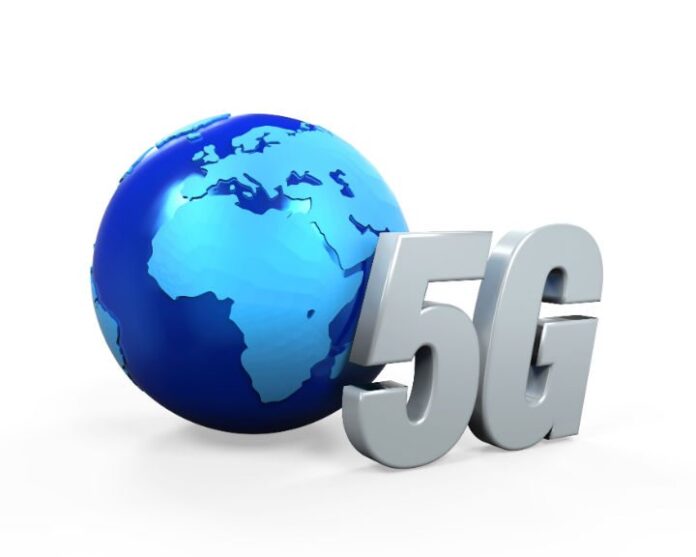The real reasons behind 5G
Some people believe that faster is always better, particularly in regards to wireless networks. That’s why it’s easy to get excited about “5G” wireless systems, which are the next major phase of mobile telecommunications standards beyond the 4G LTE technology that’s currently being touted as cutting edge by wireless carriers.
However, like travelers preparing for a future journey that isn’t exactly around the corner, it’s worthwhile to ponder what 5G will require and the potential benefits it can deliver. Before we get too excited about 5G and embark on that journey, we first need to develop its standards. Right now, 5G is only an elusive concept that probably won’t be deployed until 2020. And for 5G to be successfully deployed there needs to be an understanding that the next generation of wireless technology isn’t all about faster or more capacity. There are many mobile devices today that are already incredibly fast and functional. Instead, 5G is really about solving today’s wireless problems – reliability for multiple devices, energy efficiency, bandwidth standards and more.
Once we have an understanding that 5G isn’t all about fast wireless, it’s time to look at what 5G standards should include. Any time we go into a new wireless technology standard we need to find the answers to: What should be different from 4G to 5G and what is the strategy for successful deployment of 5G technologies?
What should be different from 4G to 5G?
The main difference between 4G and 5G should focus on improving the user experience and lowering costs. To do this, we need to think about capacity and scale.
• Improved user experience: 5G should provide an improved, uniform experience across multiple frequency bands, across both licensed and unlicensed spectrum.
It should also enable streamlined communications among various machines and devices. The “Internet of Things” already has a presence in many of our lives. Our cars, thermometers, refrigerators and even our clothes can connect to the Internet. Next-generation standards should support all these devices while also reducing battery consumption and lowering cost per module. In the future, the number of connected devices will increase dramatically, and it’s up to the mobile community to develop standards supporting these connections while also ensuring the reliability of essential communications such as emergency services.
• Capacity and scale: 5G should enable high density and scale in specific environments. For example, the ever-increasing burden of video on wireless networks – with its high density and high throughput challenges – needs to be handled and 5G will help.
Carriers will use analytics to gain insight into usage patterns to help determine how and where to deploy 5G, leveraging the wealth of data to target and optimize deployment. For example, there are analyses of the usage of phone and traffic patterns when users are inside buildings, compared with when they are on the move. Usage inside buildings is an important influence in how we deploy networks today – one of the reasons small cell initiatives have grown. Small cells are low-powered wireless access points designed to solve a network capacity problem inside a home or office building. With 5G, base stations should proliferate, not only within buildings, but in consumers’ homes on a large scale.
• Decreased costs: 5G standards should provide the foundation for easier deployment and lower operating expense. This means introducing virtualization from a radio network perspective, or the core network – or both – as well as lower battery consumption and providing efficient use of limited radio spectrum.
5G deployment strategy
Finding technology that works across assorted bands (both unlicensed and licensed spectrum) should be an essential part of 5G standards. But 5G is not only about spectrum and access networks. There is a clear opportunity to integrate the fixed and wireless networks and build in technologies such as IoT, cloud, software-defined networking and network functions virtualization.
Some final thoughts
The International Telecommunication Union hasn’t revealed any requirements for 5G yet, partly because it’s so difficult to determine requirements for the next generation when technology is rapidly changing – especially when there seems to be plenty of room for growth in 4G. However, with a new connected device coming out just about every week, and demanding user expectations, it’s clear that the next generation of networks will need to provide sophisticated services that support multiple devices combined with affordable, reliable access. Plus, handling the volumes of data that 5G will be able to collect – from home security systems, light bulbs, wearables, refrigerators, manufacturing locations, oil rigs and more – with the right analytics capabilities is going to be one of the critical “next steps” in wireless capabilities.
And that’s where 5G will assume the role it is meant to play: An evolution rather than revolution in connecting digital devices in a seamless way, and ultimately improving the customer experience for increasingly sophisticated and demanding digital users.
Amol Phadke is a managing director for Accenture’s network services innovation and virtualization group. For more information visit: www.accenture.com.
Editor’s Note: The RCR Wireless News Reality Check section is where C-level executives and advisory firms from across the mobile industry share unique insights and experiences.

